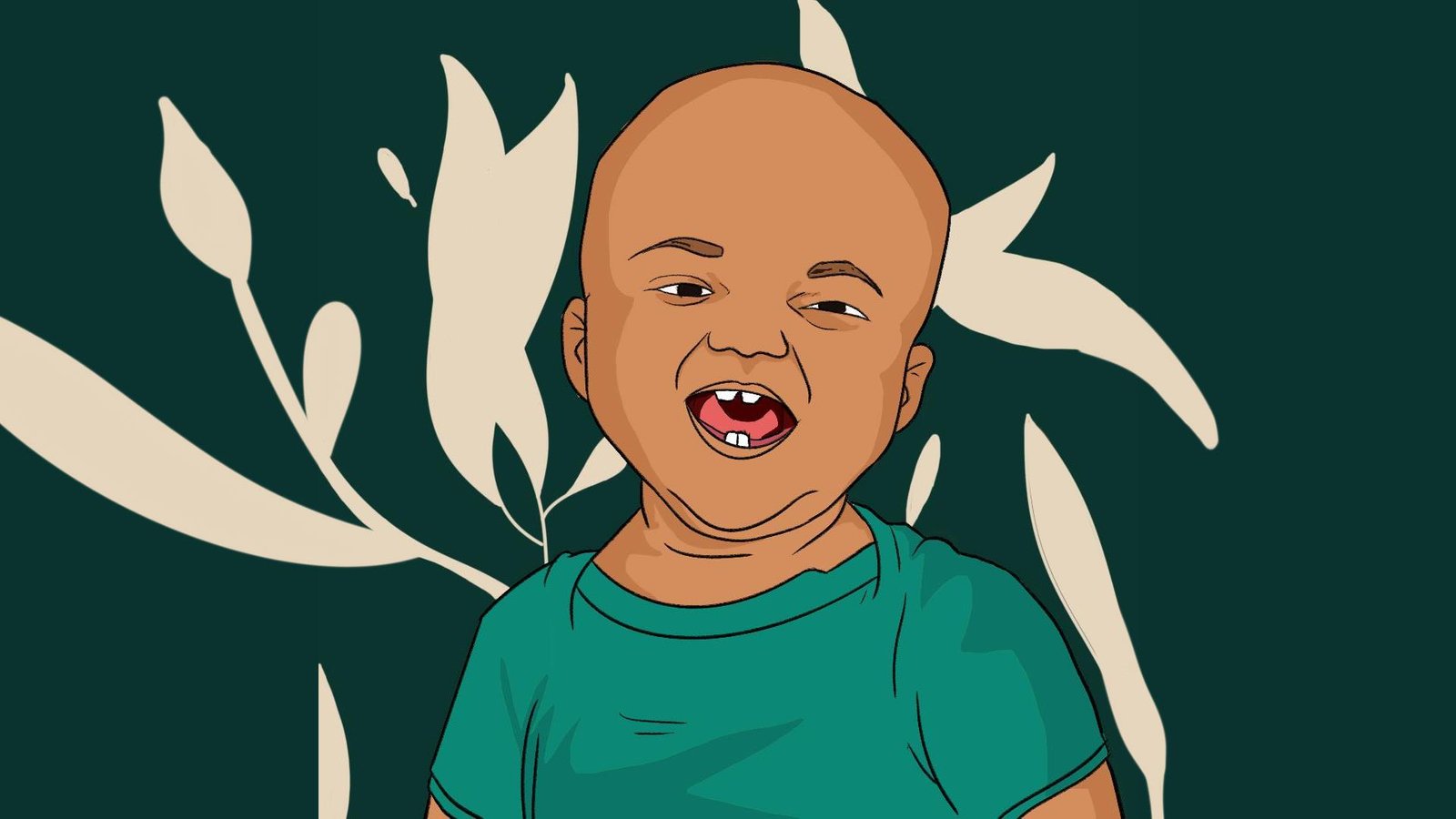🎧 Listen to: Teething

Teething
.Introduction: Why teething matters?
Every parent in Africa has seen a baby crying non-stop, chewing on anything they can find, or drooling excessively. In many homes, elders have different beliefs about why babies go through this phase. Some say it’s caused by “worms in the gums,” while others blame it on a mother’s diet. But the truth is, this is a natural process called teething. When a baby’s first teeth begin to grow.
Did you know that by the age of 3 years, a child should have 20 teeth? The process starts early, around 6 to 12 months, and while it can be painful, there are ways to help your baby feel better. This guide explains everything you need to know about teething, with simple steps to make the process easier.
What is teething?
Teething is when a baby’s first teeth (also called milk teeth or primary teeth) break through their gums. These teeth are hidden under the gums from birth, but they start appearing as the baby grows.
By the time a child turns 3 years old, they should have a full set of primary teeth, which will help them eat solid foods properly. The first teeth to appear are usually the bottom front teeth, followed by the top front teeth, and then the rest come in stages.
How common is teething in Africa?
Teething happens to every baby, but many parents in Africa misunderstand the process. Some people believe that teething causes diarrhoea or fever, which is not entirely true. While some babies may have mild symptoms, serious illnesses during this period are usually caused by infections, not teething.
According to health experts:
- Over 80% of babies in Africa experience mild discomfort while teething.
- More than 50% of parents mistakenly think teething causes serious illness.
- Many babies in rural areas suffer from infections because harmful substances like herbs or alcohol are applied to their gums.
Signs that your baby is teething?
Each baby experiences teething differently. Some show no signs, while others struggle with discomfort. Look out for these common signs:
- Drooling more than usual.
- Chewing on objects like fingers, toys, or clothes.
- Mild fussiness and crankiness.
- Red and swollen gums.
- Loss of appetite or refusing to breastfeed.
- Irritability (baby is easily annoyed or crying frequently).
How to soothe a teething baby?
While teething is natural, you can help ease your baby’s discomfort by:
- Rubbing their gums with a clean finger or a damp cloth.
- Giving them a cold spoon or chilled teething ring to chew on.
- Offering cool fruit slices (like banana or cucumber) to suck on.
- Using a clean bib to wipe drool and prevent skin irritation.
- Distracting them with play or music to reduce fussiness.
Avoid these dangerous practices:
- Do not apply herbs, alcohol, or unknown substances to the gums.
- Do not give very hard objects to chew on (risk of choking).
- Do not assume that fever or diarrhoea is caused by teething.
- Visit a doctor if these symptoms appear.
Can medicine help with teething pain?
If your baby is really uncomfortable, you can try safe medical options:
- Infant paracetamol (ask a doctor for the correct dose).
- Safe teething gels (avoid ones with benzocaine or choline salicylate, as they are harmful for babies).
Avoid these remedies:
- Aspirin (dangerous for babies).
- Strong painkillers or adult medication.
- Frozen objects directly on the gums (can damage delicate tissues).
Caring for your baby’s first teeth?
Teething is just the beginning—proper dental care starts as soon as the first tooth appears!
Visit a dentist for early dental care advice.
Start brushing when the first tooth appears.
Use a soft infant toothbrush with a tiny amount of fluoride toothpaste (as small as a grain of rice).
Brush twice a day, morning and night.
Avoid sugary drinks like sodas and juices, which cause tooth decay.
